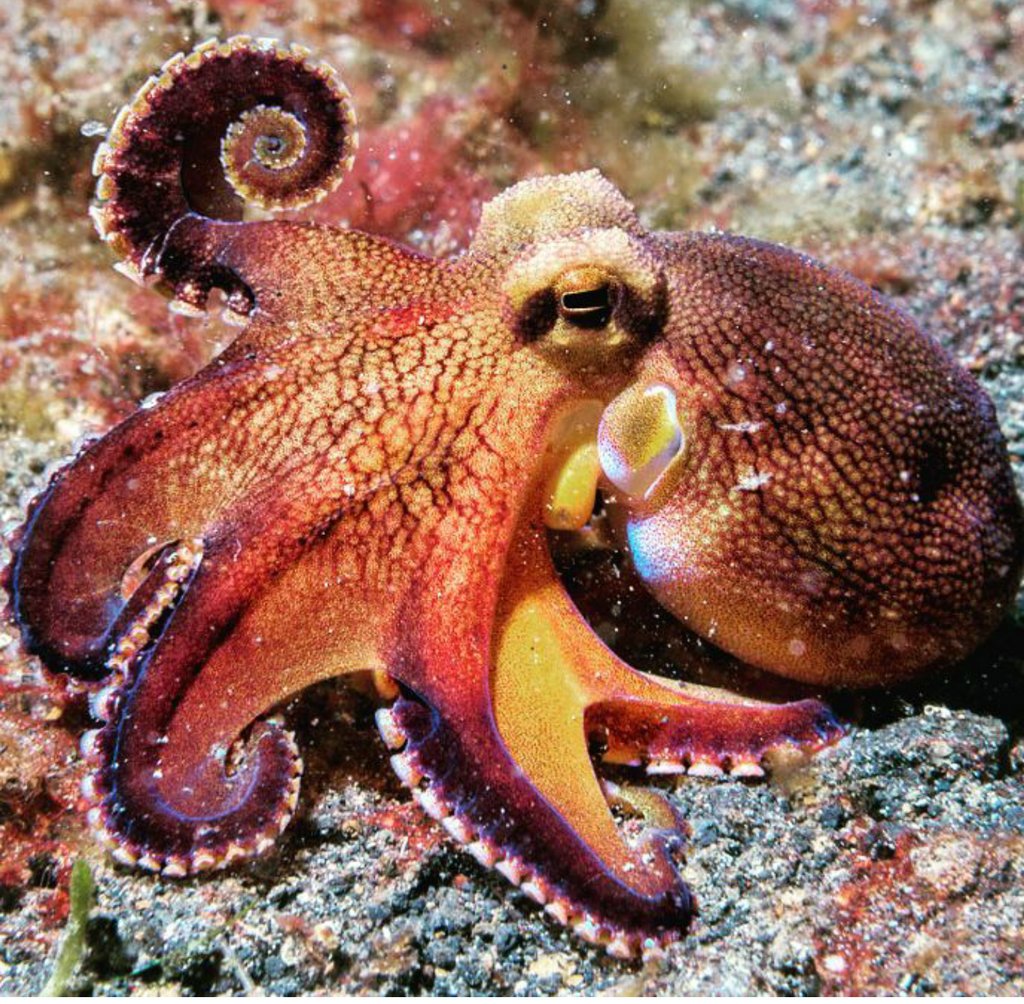

It’ll also likely fill the gaps in protection from when EU legislation stopped applying, like the 2010 Directive on the protection of animals used for scientific purposes, as well as Article 13. This legal recognition of sentience might expand the scope of the Animal Welfare Act 2006 to protect against unnecessary suffering of invertebrates and wild animals. This looks like great progress for animal welfare, but the real-world implications are murky. The Bill also sets up an Animal Sentience Committee, with experts determining whether new laws meet welfare standards. It convinced the Government to expand their list of sentient animals, and now the welfare of invertebrates will also have to be considered when developing new laws. decide if a threat is worth the potential reward). The report, done by a research team from the London School of Economics, assessed sentience using criteria such as if the animal can integrate information from different senses, make associations, or do motivational trade-offs (i.e. While many vertebrates were already considered sentient under the Bill, research into invertebrates like lobsters, crabs and octopi shows that they are probably sentient too. Sentience can mean many things, like actively avoiding pain, feeling empathy, and even a moral code. This addition comes after a report commissioned by the UK Government investigating the sentience of some animals without a backbone (invertebrates, not necessarily cowards).

In light of this, the Animal Welfare (Sentience) Bill was always going to be a huge step forward, but this new addition could make it groundbreaking.


Parliament voted not to include Article 13 in the EU (Withdrawal) Bill. Brexit has also meant a step backwards for animal welfare, since Article 13 of the Treaty of the Functioning of the European Union, which recognised animals as “sentient beings”, no longer applies. Knowledge gaps are highlighted to prompt research to enhance the evidence base for future revision of these guidelines.Currently, the legal protections for animal welfare are limited: the Animal Welfare Act 2006 only protects “commonly domesticated” animals “under the control of man”. Detailed aspects of care and welfare requirements for the main laboratory species currently used are summarised in Appendices. Sections covering risk assessment for operators and education and training requirements for carers, researchers and veterinarians are also included. scientific procedures, general anaesthesia and analgesia, methods of humane killing and confirmation of death. disease (causes, prevention and treatment) vii. monitoring biomarkers, physical and behavioural signs) v. accommodation and care (including tank design), animal handling, feeding and environmental enrichment iv. water quality control, lighting requirements, vibration/noise sensitivity) iii. environmental characteristics and design of facilities (e.g. Guidelines and species-specific requirements are provided on: i. Topics covered include: implications of the Directive for cephalopod research project application requirements and the authorisation process the application of the 3Rs principles the need for harm-benefit assessment and severity classification. It aims to provide information for investigators, animal care committees, facility managers and animal care staff which will assist in improving both the care given to cephalopods, and the manner in which experimental procedures are carried out. nautilus, cuttlefish, squid and octopus) following the inclusion of this Class of ∼700 known living invertebrate species in Directive 2010/63/EU. This paper is the result of an international initiative and is a first attempt to develop guidelines for the care and welfare of cephalopods (i.e.


 0 kommentar(er)
0 kommentar(er)
